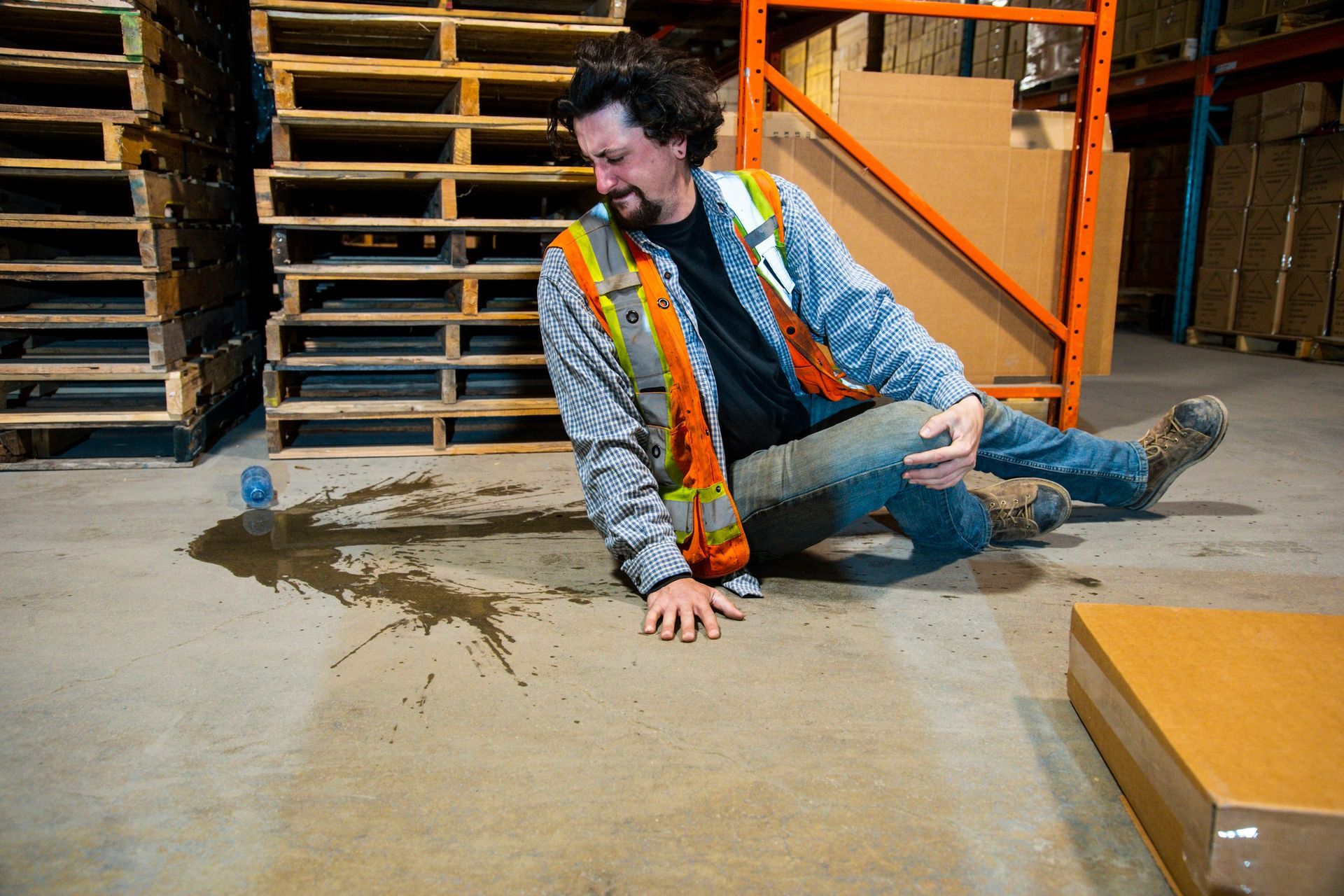OHV USE: A RISE IN POPULARITY AND INJURIES
A Time and Place for Everything
THE POPULARITY OF OFF-ROADING
In the past several decades, off-highway vehicle (OHV) recreation has experienced tremendous growth in popularity in the USA. This sector is characterized by the use of a variety of motorized vehicles (all-terrain vehicles (ATVs), jeeps, motorbikes, quads, sport utility vehicles (SUVs), snowmobiles, trucks) to ride off road and on unpaved surfaces. The COVID-19 pandemic has increased interest in rural holiday settings as opposed to metropolitan destinations. The large demographic cohort of baby boomers in the U.S. with both discretionary time and income is aging and is, therefore, increasingly limited in exploring natural areas through other recreational modes (hiking/bicycling/paddling/skiing) leaving OHV riding as a viable option.
OFF-ROADING IN GEORGIA
ATVs and UTVs may not legally be driven on any public street, roadway, or highway, including the shoulders of the roadway or highway in the State of Georgia. Operation on private property requires the written permission of the land owner. For definitions of vehicles and the applicable laws governing their use, see: https://dps.georgia.gov/georgia-code-low-speed-vehicles.
THE DANGERS OF OFF-ROADING
The dangers of riding OHVs are real and include overturning, collisions and occupant ejection. The Consumer Protection Safety Commission’s latest data show an annual average of more than 700 deaths and an estimated 100,000 emergency department-treated injuries involving OHVs. According to CPSC’s latest report, from 2016 through 2018, there were 2,211 deaths in the United States associated with OHVs, which includes all-terrain vehicles, recreational off-highway vehicles and utility-terrain vehicles. ATVs accounted for nearly three-quarters of the deaths. Nearly 300 deaths were among children under the age of 16.
SAFETY TIPS FOR OHVS
Ride safely with a few tips:
- Get hands-on training from a qualified instructor, e.g., in an ATV Safety Institute (ASI) course.
- Never ride with more passengers than there are seats. Most ATVs are designed for one rider.
- Never ride on public roads, except to cross, where permitted by law.
- Avoid drinking alcohol before or while driving an ATV, because alcohol can impair judgment and response time.
- Stay off paved roads.
- Riders younger than 16 should drive only age-appropriate youth models, and never adult models.
- Always wear a helmet and other protective gear, such as eye protection, boots, gloves, long pants and a long-sleeved shirt.
ATVs are particularly dangerous for children; the CSPC warns parents about the dangers of children riding ATVs. CPSC urges the riding community to follow these four safety tips to keep children safe:
- Never let children ride ATVs that are meant for adults.
- Make sure children younger than 16 operate only youth model ATVs appropriate for their age.
- Never let children younger than 6 on an ATV.
- Make sure children wear a helmet and other protective gear that fits appropriately.
Never drink and drive, and make sure that you always have your helmet and protective gear on when riding. If you should be involved in an ATV accident and you believe it is the fault of another person or manufacturing company, do not hesitate to involve a personal injury attorney.
CONTACT YOUR ATTORNEY
If you have been injured while riding an OHV, contact Dave Thomas at The Thomas Law Firm for a free evaluation of your legal claims.





